Resources
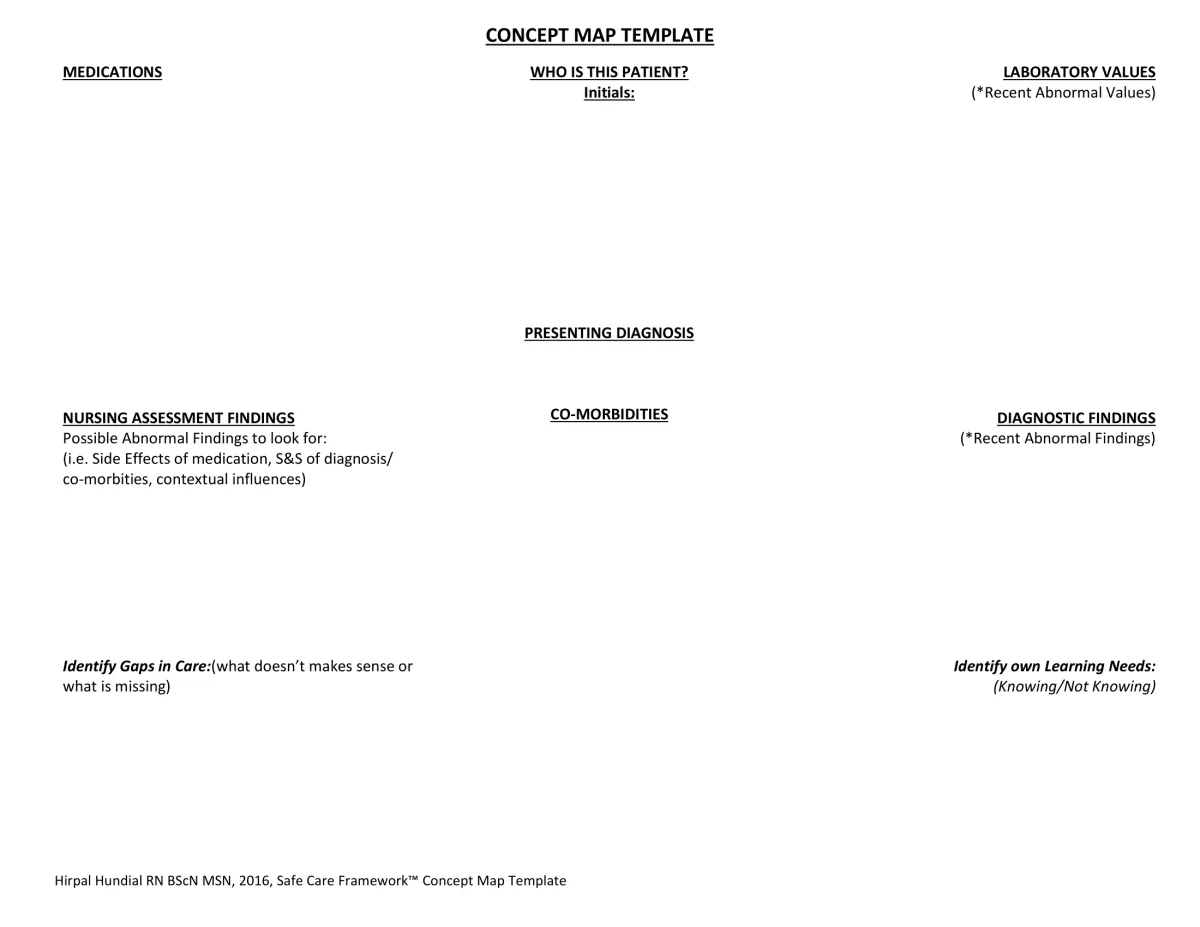
Concept Map
Responses to the Guiding Questions are noted by drawing directional arrows within and among all patient data categories through use of the Concept Map Template.
The Guiding Questions intentionally engage the learner in the process of analysis through using deductive and inductive reasoning about how various patient data may or may not be related.
These understandings are key in assisting novice nurses to synthesize all information and to learn that they must grasp how a change in one aspect of clinical presentation (i.e., patient deterioration or nursing/medical intervention) can impact other, less obvious areas.
Hundial, H. 2020. The safe care framework: a practical tool for critical thinking. Nurse Education in Practice. 48.
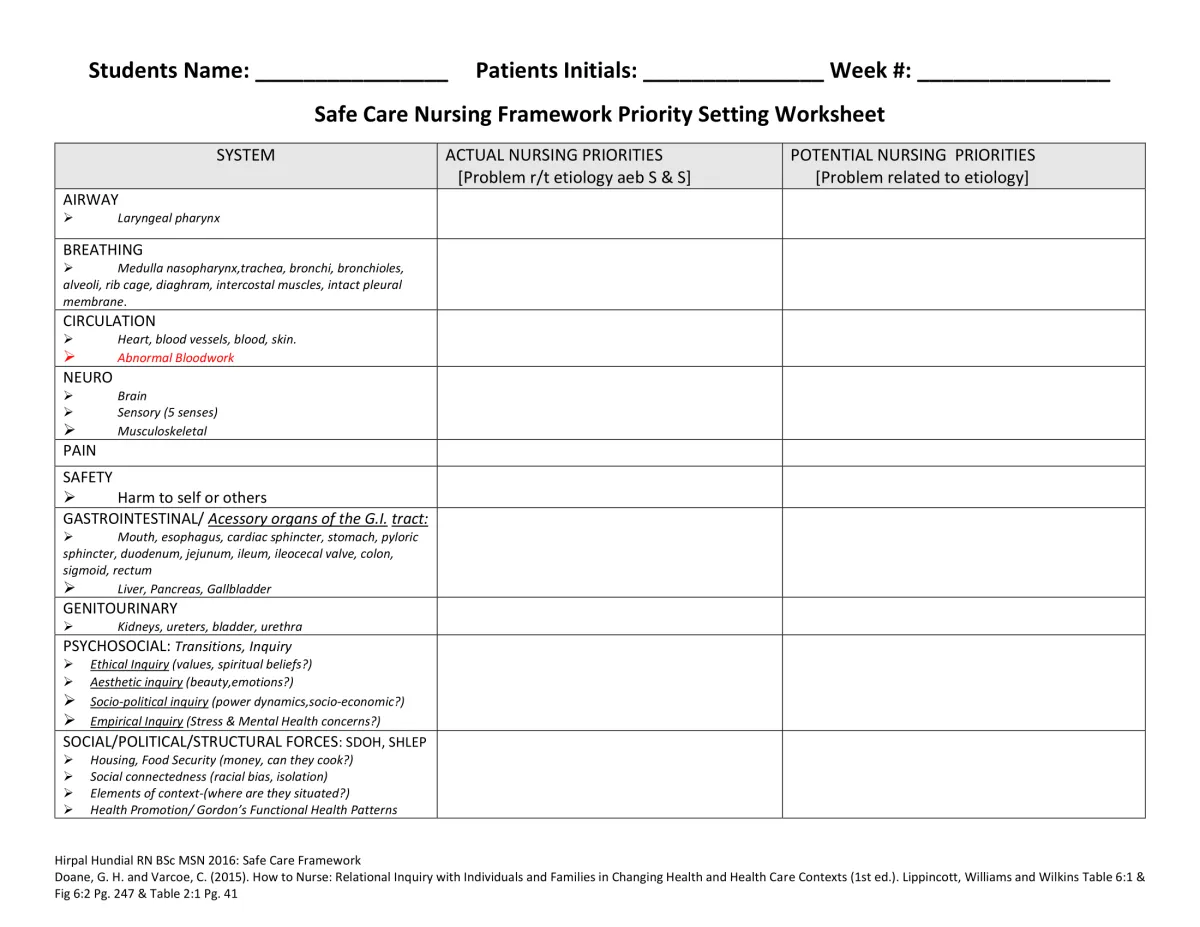
Priority Setting Tool
Framework users formulate nursing priority statements (e.g., nursing diagnoses) using unique information from a patient's clinical data rather than commercially available nursing diagnosis statements (e.g., textbook nursing diagnoses, North American Nursing Diagnosis Association).
The composition of nursing priority statements includes P = problem (i.e., nursing problem), E = etiology (cause of problem), as evidenced by S = signs and symptoms (evidence from patient profile) (Gordon, 2010). Nursing students demonstrate strong critical thinking by providing evidence from various aspects of the patient profile (e.g., social determinants of health, abnormal nursing assessment findings, abnormal laboratory values and diagnostics) for the identified nursing priority of care. All potential priorities of care (risks) are identified using the format of P = “at risk for problem” (nursing problem) related to E = etiology (Gordon, 2010).
The Priority Setting Template is designed to assist students to identify all areas of potential risk across nine systems as a means of engaging in recognition and intervention related to potential risk. This enables nurses to provide proactive care, rather than reactive care after the risk has materialized.
Hundial, H. 2020. The safe care framework: a practical tool for critical thinking. Nurse Education in Practice. 48.
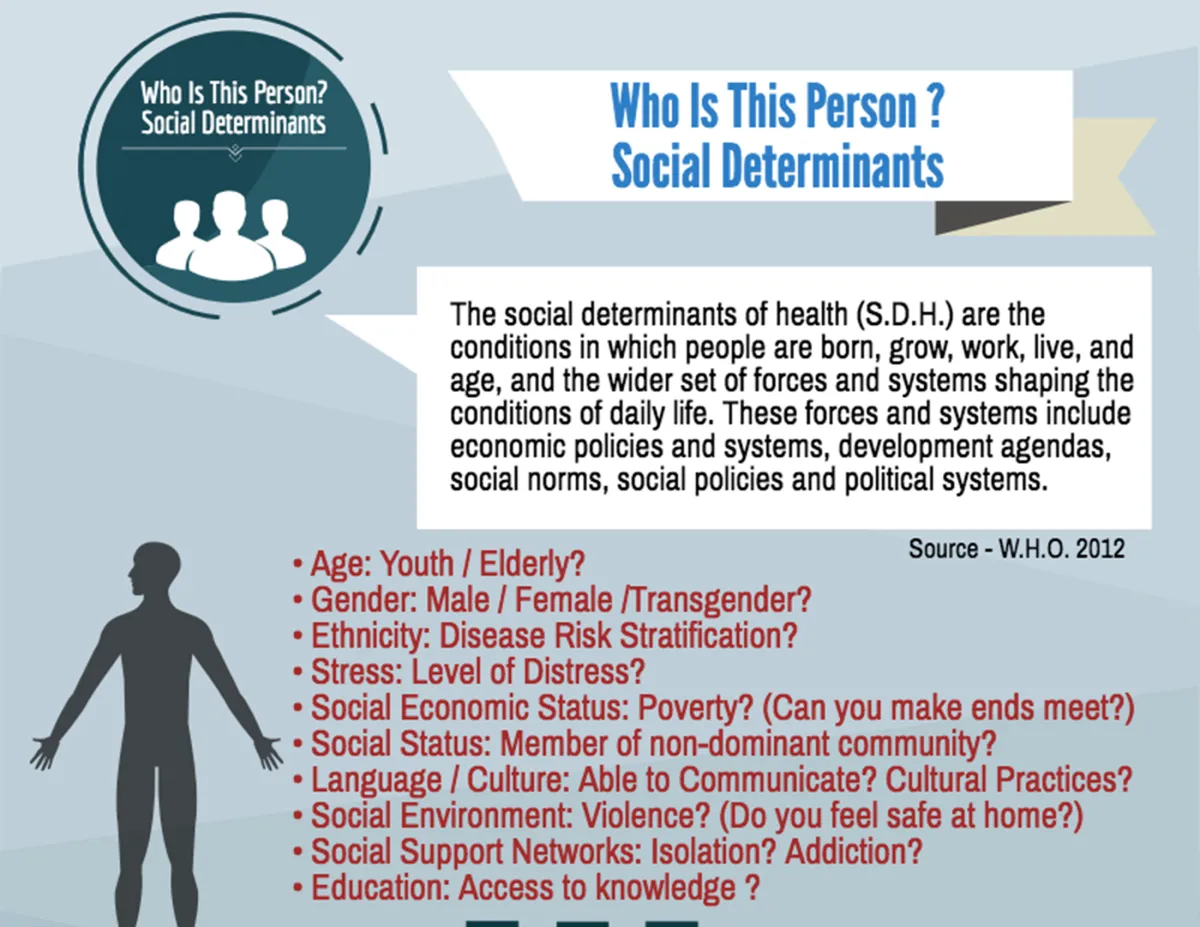
Social Determinants
The social determinants of health (S.D.H.) are the conditions in which people are born, grow, work, live, and age, and the wider set of forces and systems shaping the conditions of daily life. These forces and systems include economic policies and systems, development agendas, social norms, social policies and political systems.
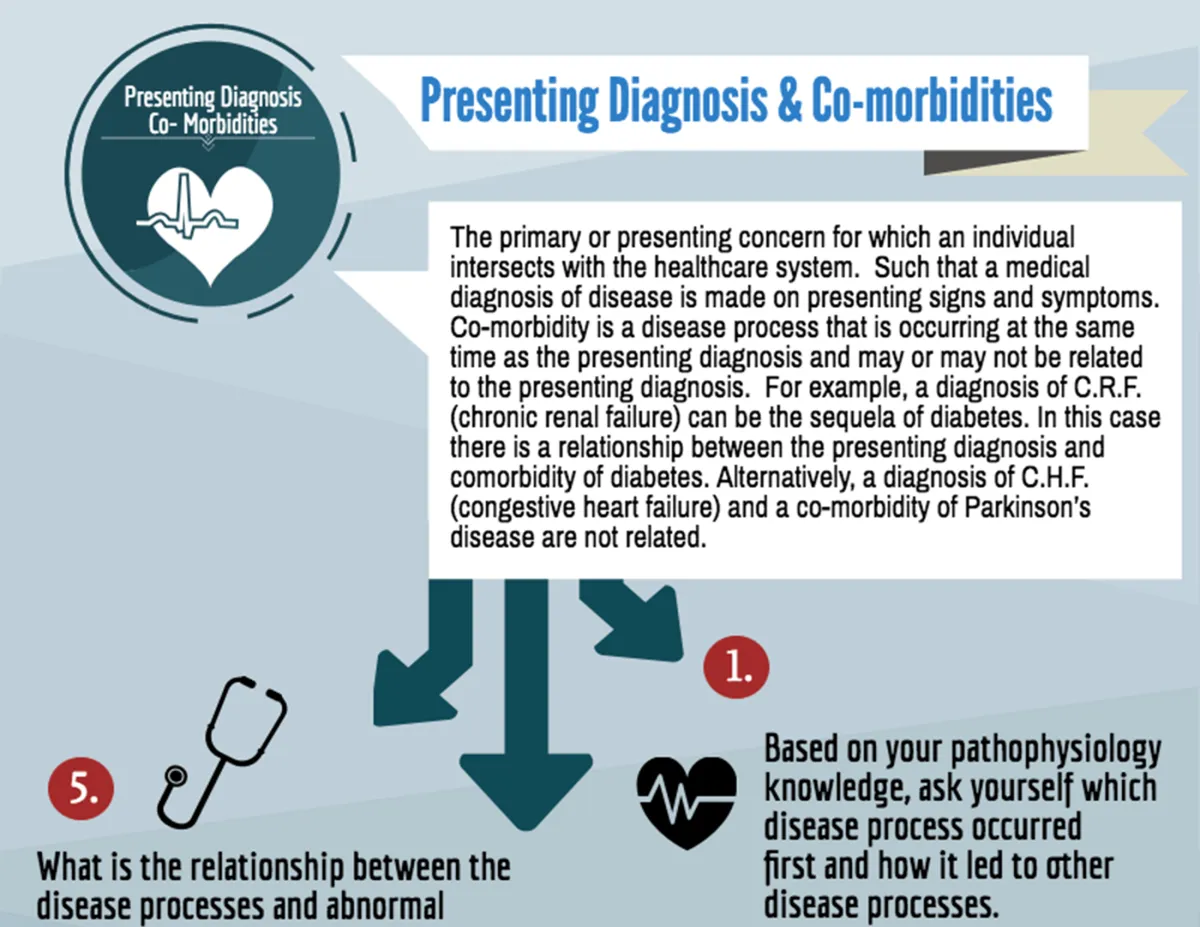
Presenting Diagnosis
The primary or presenting concern for which an individual intersects with the healthcare system.
Such that a medical diagnosis of disease is made on presenting signs and symptoms. Comorbidity is a disease process that is occurring at the same time as the presenting diagnosis and may or may not be related to the presenting diagnosis. For example, a diagnosis of C.R.F. (chronic renal failure) can be the sequela of diabetes. In this case there is a relationship between the presenting diagnosis and comorbidity of diabetes. Alternatively, a diagnosis of C.H.F. (congestive heart failure) and a co-morbidity of Parkinson’s disease are not related.
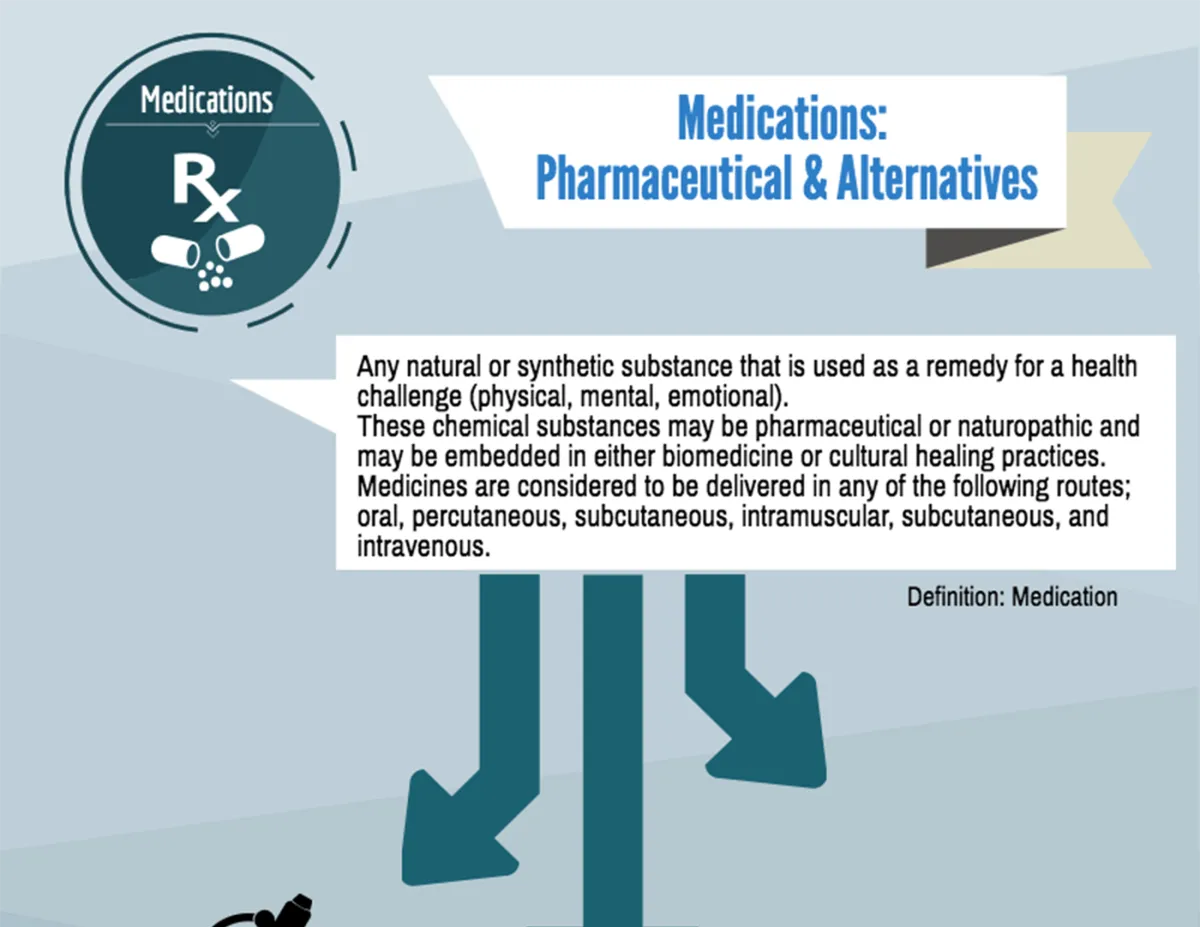
Medications
Any natural or synthetic substance that is used as a remedy for a health challenge (physical, mental, emotional).
These chemical substances may be pharmaceutical or naturopathic and may be embedded in either biomedicine or cultural healing practices. Medicines are considered to be delivered in any of the following routes; oral, percutaneous, subcutaneous, intramuscular, subcutaneous, and intravenous.
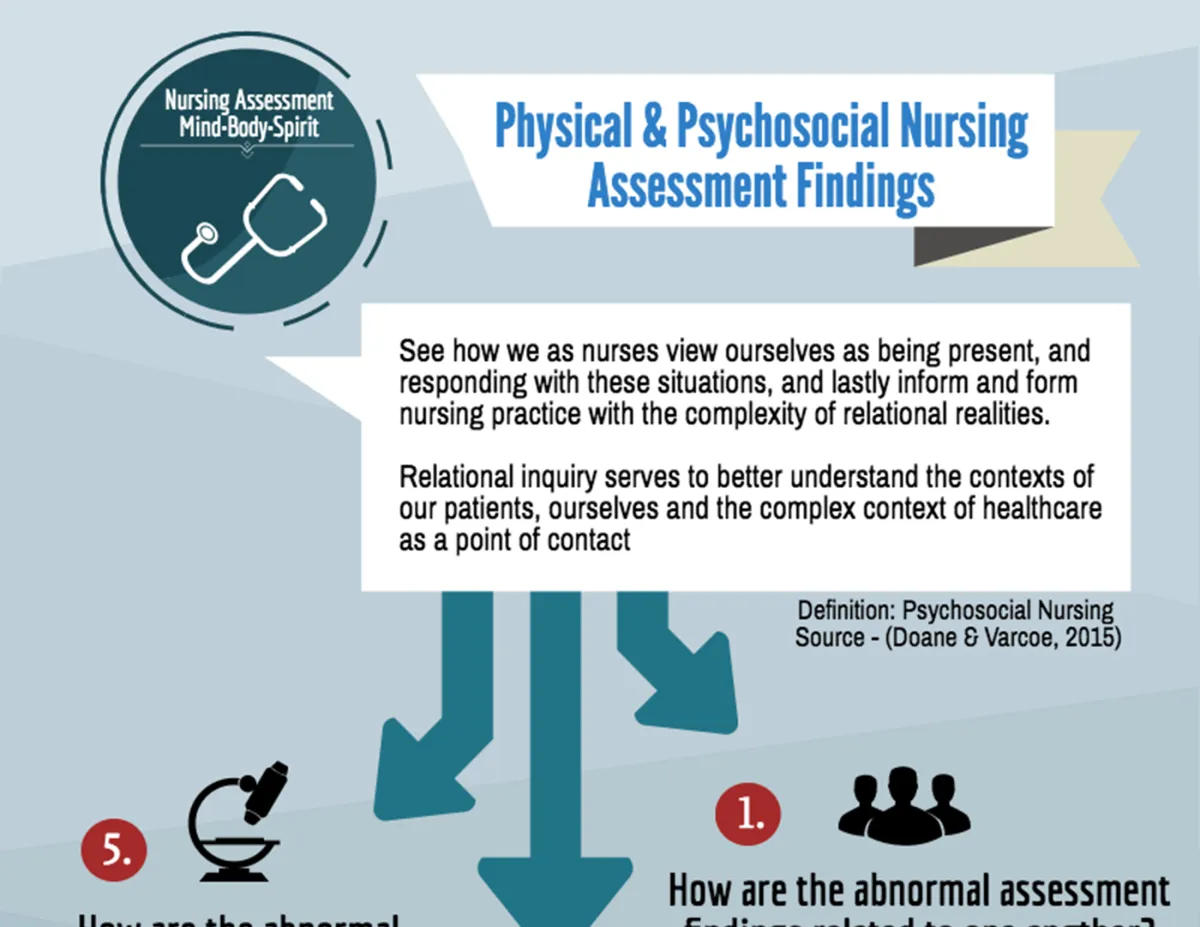
Nursing Assessment
The holistic physical and psychosocial assessment of an individual whereby the nurse engages in relational inquiry.
In action relational inquiry serves to; take note and understand the way in which people, situations, environments and processes are integrally connected and shape one another.
See how we as nurses view ourselves as being present, and responding with these situations, and lastly inform and form nursing practice with the complexity of relational realities (Doane & Varcoe, 2015). Relational inquiry serves to better understand the contexts of our patients, ourselves and the complex context of healthcare as a point of contact.
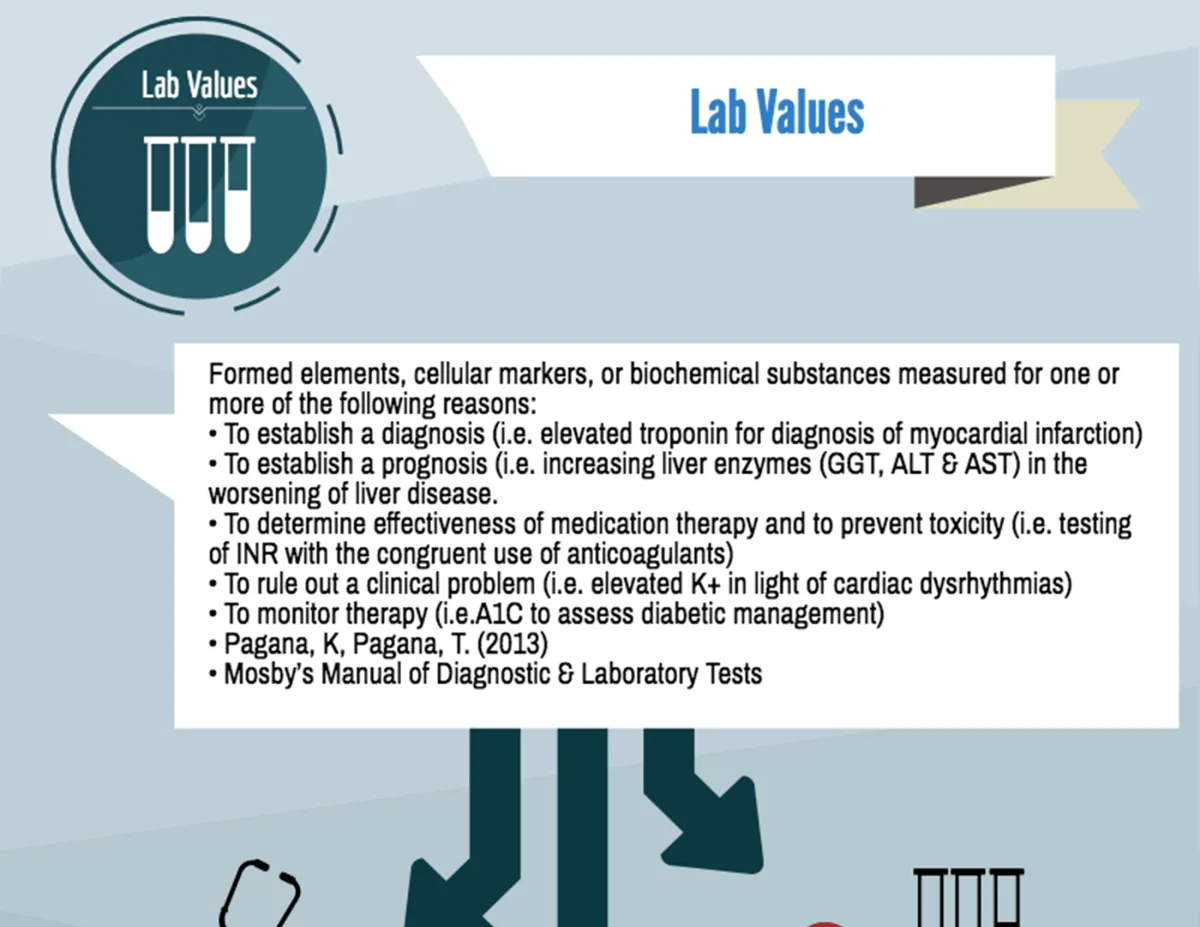
Lab Values
Formed elements, cellular markers, or biochemical substances measured for one or more of the following reasons:
To establish a diagnosis (i.e. elevated troponin for diagnosis of myocardial infarction).
To establish a prognosis (i.e. increasing liver enzymes (GGT, ALT & AST) in the worsening of liver disease.
To determine effectiveness of medication therapy and to prevent toxicity (i.e. testing of INR with the congruent use of anticoagulants)
To rule out a clinical problem (i.e. elevated K+ in light of cardiac dysrhythmias)
To monitor therapy (i.e. HgbA1C to assess diabetic management)
Pagana, K, Pagana, T. (2013 Mosby’s Manual of Diagnostic & Laboratory Tests
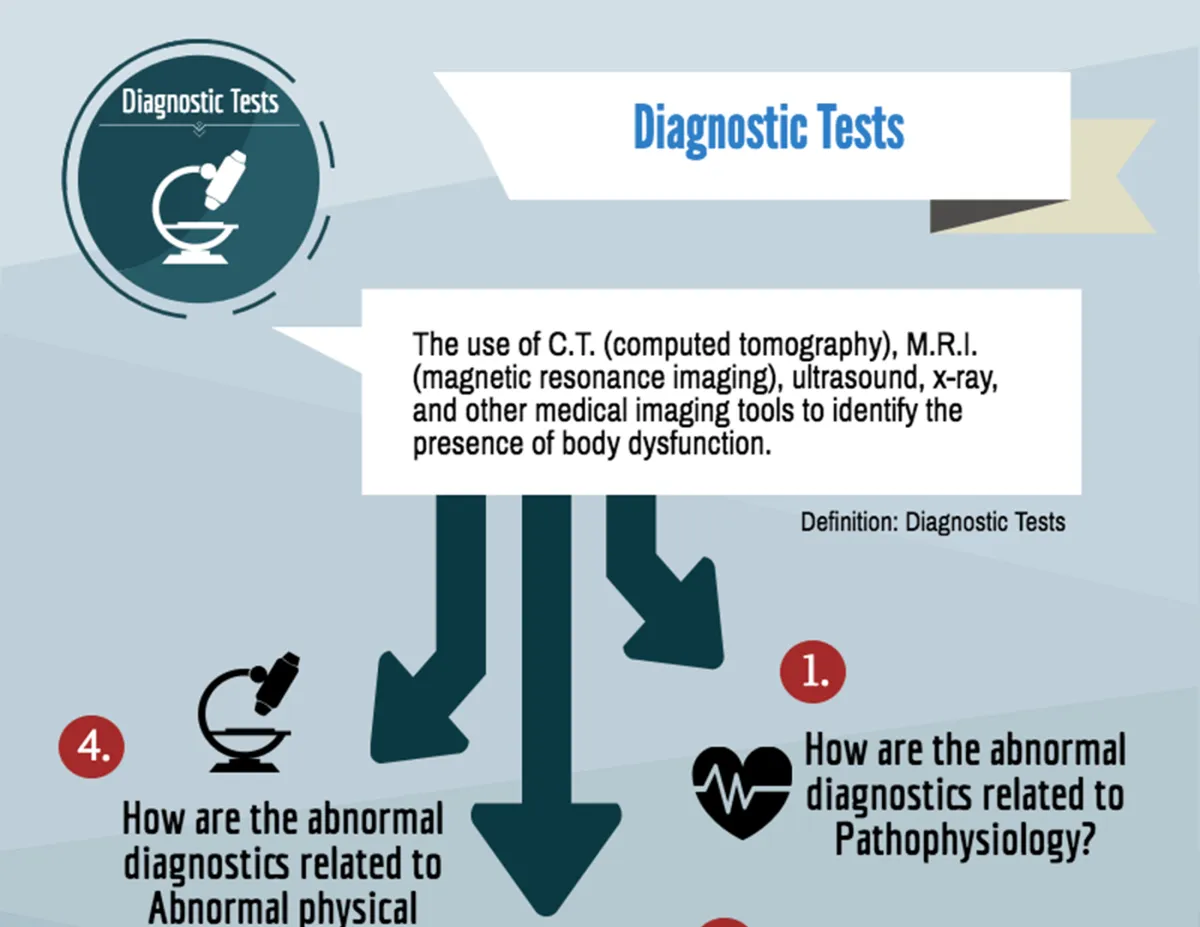
Diagnostics
The use of C.T. (computed tomography), M.R.I. (magnetic resonance imaging), ultrasound, x-ray, and other medical imaging tools to identify the presence of body dysfunction.
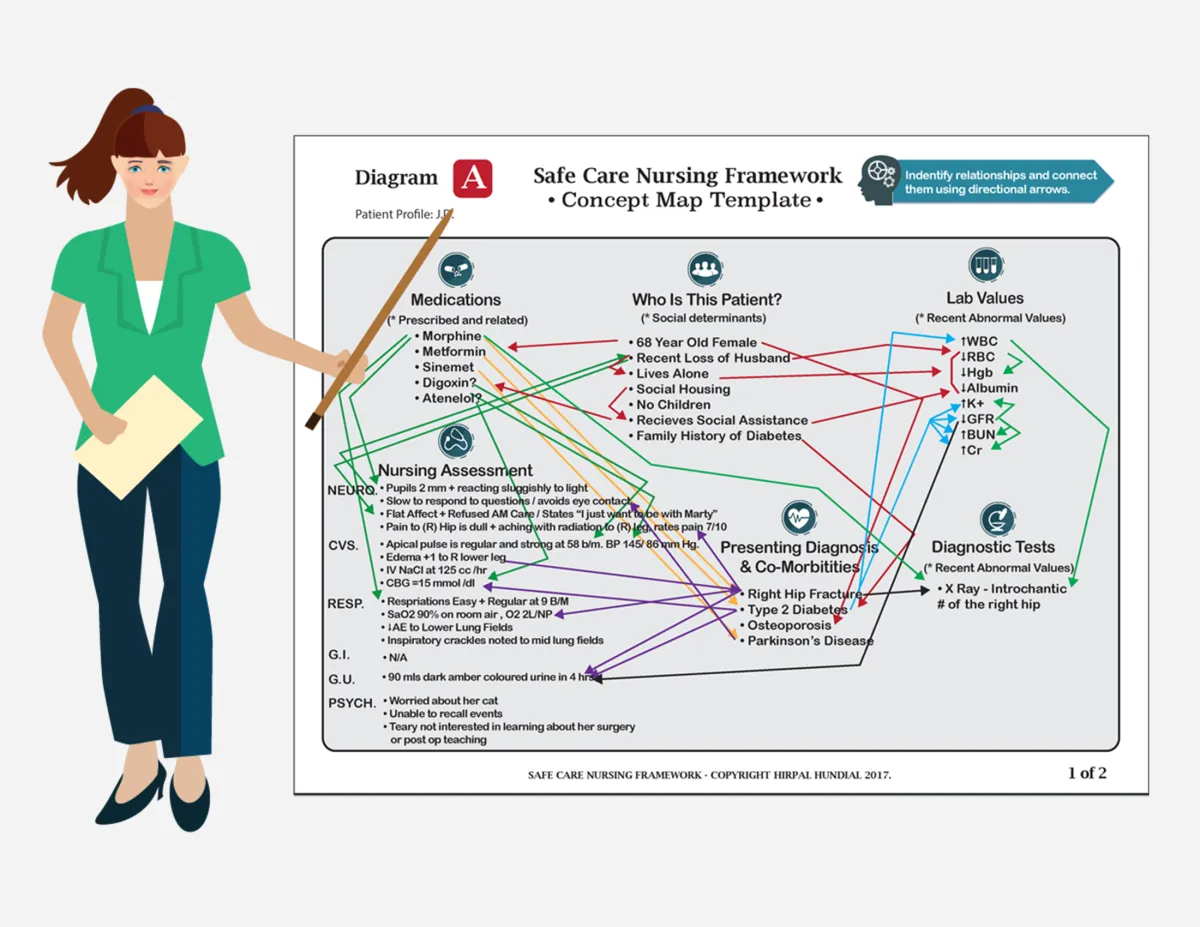
Writing Priority Statements
Nursing priorities, also known as nursing diagnoses are used to both communicate and direct the care of the patient. Although there are many generic nursing diagnosis that can be used from different sources, a nursing priority statement which includes the patient’s unique information is much more helpful as it individualizes the plan of care. Information that is unique to a single patient despite having the same presentation as another patient has already been captured in the concept map.
For example, 2 different patients may experiencing anemia; however, the signs and symptoms in each of these patient’s may present differently. I am going to review a very simple way to compose individualized priority statements such that the work you have done on the concept map is integrated into the critical thinking when setting actual and potential priorities.
Questions About Safe Care Nursing?
Safe Care Nursing™
Copyright ©2020. All rights reserved
